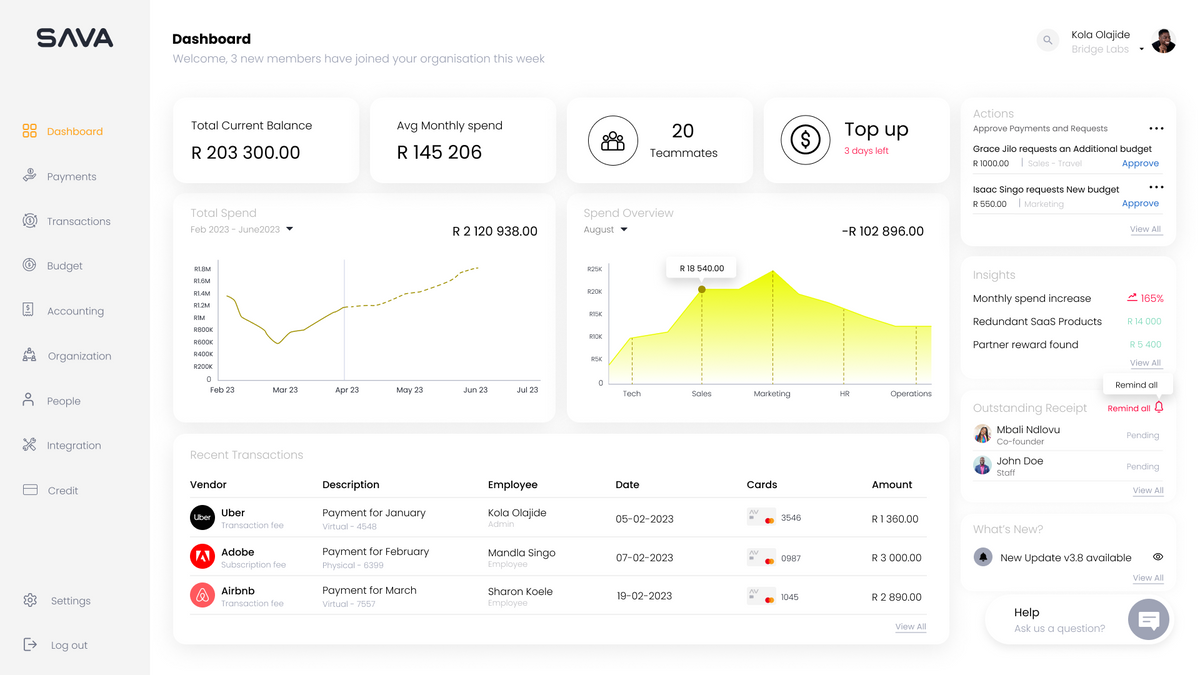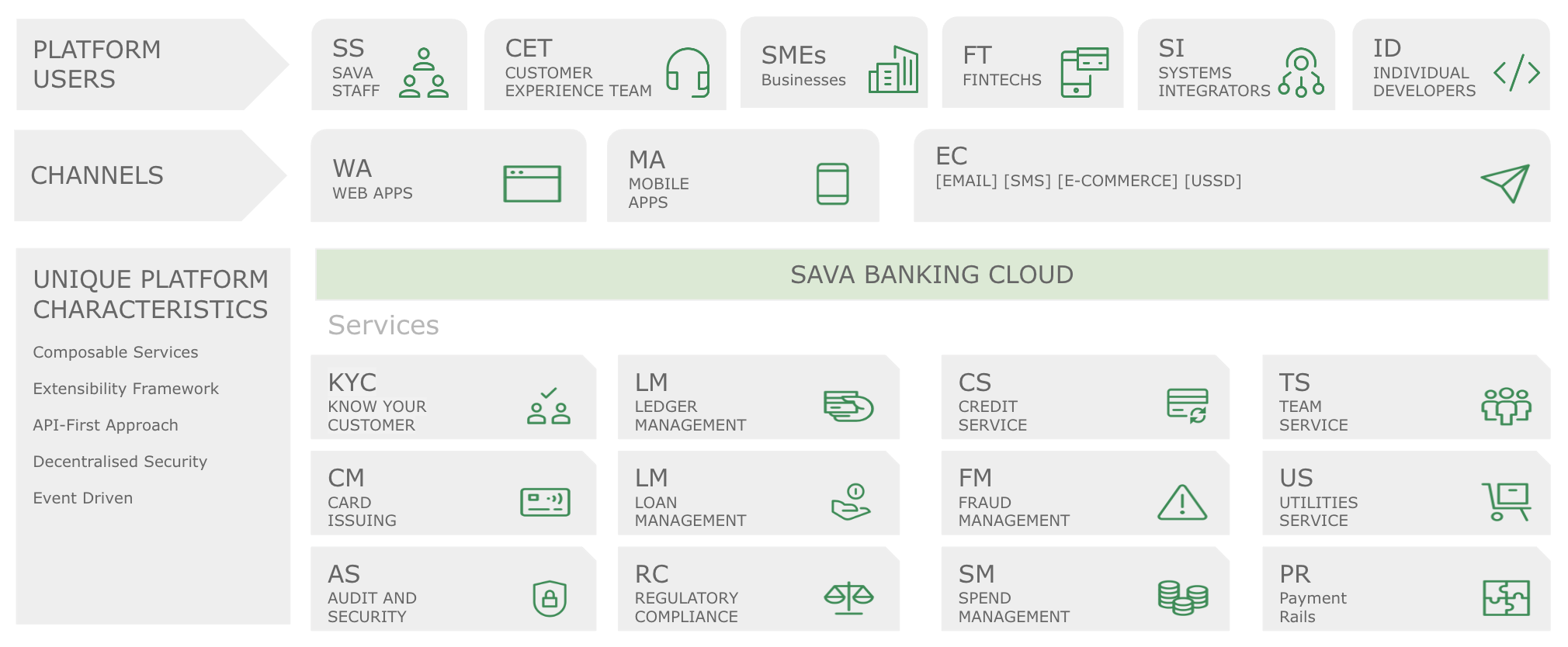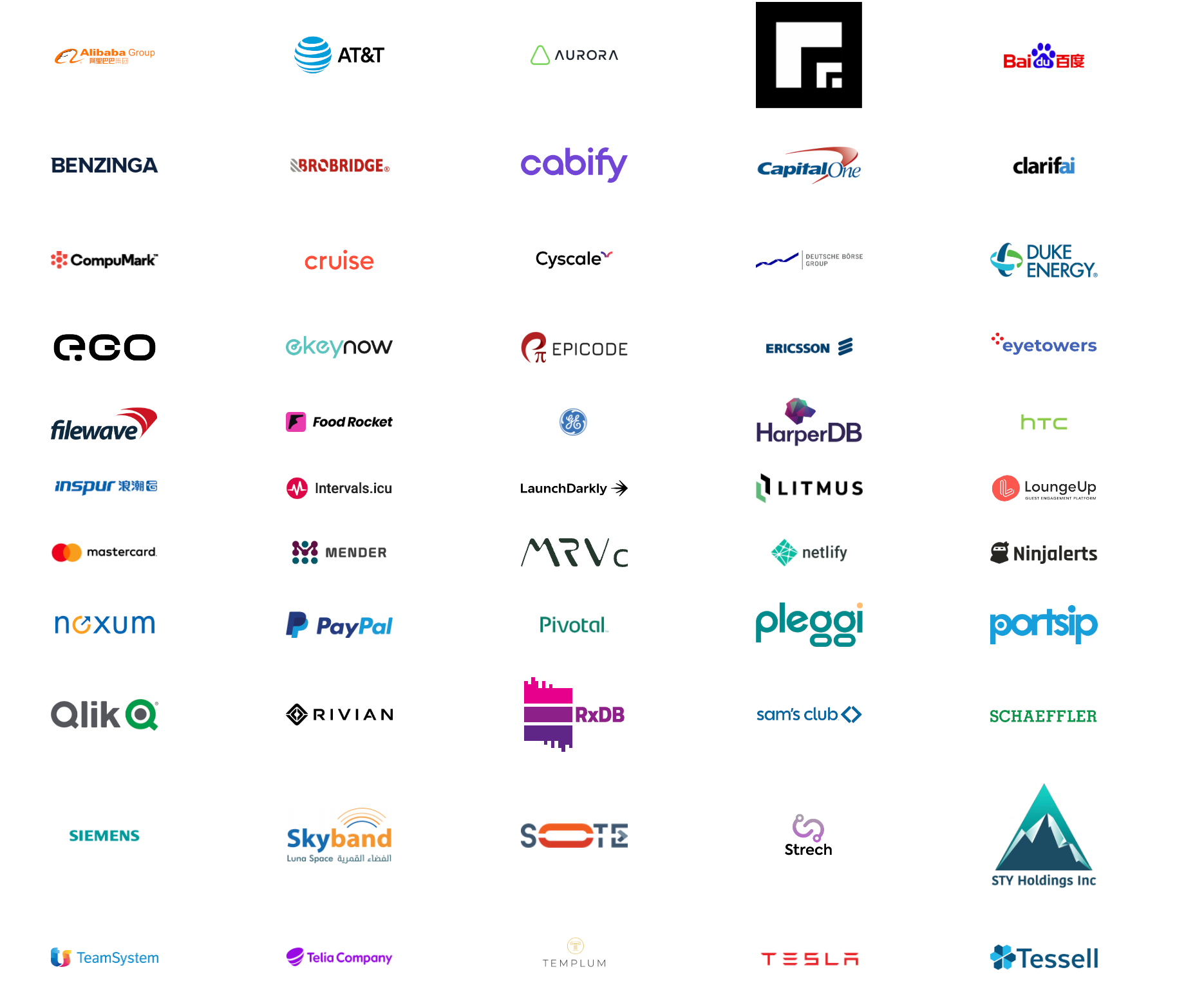Navigating the Future of Banking with Advanced Design Patterns: A Journey from the 90s to Now

The recent situation between Mercury and Synapse has stirred up quite the conversation in the fintech community, and understandably so. Banking and fintech relationships are intricate, and the choice to build or rely on third-party providers can have significant implications. Last year, we at Sava found ourselves in a strikingly similar position. We had partnered with a Banking-as-a-Service provider, fully expecting to harness their solutions to catapult our platform to the forefront. However, as we delved deeper, it became abundantly clear that they could not deliver on the expected product proposition.
This revelation was a defining moment for us. While the easy route would have been to keep searching for another third-party provider, we decided to confront the challenge head-on. Drawing inspiration from the likes of Synapse, we embarked on the ambitious journey of building our own in-house BaaS solution. This decision came with its set of sacrifices – it pushed our launch timeline back by a year. But looking back now, that decision was pivotal. Not only did it grant us greater control and flexibility over our platform, but it also allowed us to ensure we could deliver the seamless experience we envisioned for our users and control our costs as we scale.
At Sava, we deliberately charted a distinct path. Our strategy was rooted in constructing from the foundation upwards, with an emphasis on self-reliance and nurturing our in-house expertise. This endeavor saw us internally developing three pivotal components of our tech stack: core banking, card issuance, and spend management. Through this approach, our primary objective was to maintain control of our stack, ensuring we reduce turbulence and navigate more smoothly as we ascend to our envisioned altitude.

The lessons from our journey, and those of Mercury and Synapse, serve as a reminder. In the rapidly evolving world of fintech, adaptability, resilience, and a clear vision are more than just buzzwords – they're the foundation upon which sustainable and robust platforms are built.
In the ever-evolving landscape of fintech, embracing forward-thinking technology while integrating with legacy banking systems can be both a challenge and a thrill. As we embarked on our journey at Sava, one of the pivotal decisions we made was to utilize NATS (a connective technology) and an event-driven technology stack. This choice wasn't just about being avant-garde; it was a deliberate step to shape the future of banking.
The decision came with its set of challenges. Building directly into a bank's tech stack feels like taking a leap back in time. Suddenly, you're face-to-face with SIS extensions, legacy ftp, deciphering and interfacing with technologies from the 90s. For me, this has been a stretch experience, akin to a developer's version of time-travel. On one hand, you're diving deep into the annals of banking tech, and on the other, you're ensuring that the solutions you create are fit for the future.
Today's business banking platforms primarily focus on transactions, credit and account management. The current inflexibility inherent in core banking infrastructure constrains the capacity to craft truly personalized experiences for businesses. The future of business banking envisions a unified network of platforms designed to empower businesses to realize their full potential. This includes
- The capability to establish customized spending management solutions tailored to each organization. (e.g as a business with sales teams around the continent, I want location, budget and time based restrictions on their allocated cards and digital wallets)
- An open-source, intelligent loyalty and rewards framework adaptable to evolving business demands (e.g as an education business, I am more interested in book purchase rewards than additional flight miles)
- A multi-dimensional and proactive approach to identity management. This involves real-time AML monitoring, easily configurable fraud vectors that leverages a broader network of fraud signals and other advanced technologies to effectively manage fraud risks.
- Embedded interfaces that seamlessly integrate business banking functions into our daily touch points (e.g easier e-commerce checkout experience).
- Dynamic dashboards that respond to your business's health (e.g., automatically offering support during slow revenue months).
- Enhanced integrations with invoice management, service providers, accounting systems and payroll services. (e.g support for an invoice factoring marketplace using historical data to influence credit underwriting.)

But why NATS and why an event-driven stack? Traditional methods often fall short in providing the real-time responsiveness and scalability that modern banking requires and these restrictions drove our search for a connective technology that will power the modern distributed systems of the future. With NATS, we've harnessed a messaging system that's not just high-performance but also resilient. Coupled with our event-driven architecture, it ensures that our platform is always responsive, dynamic, and real-time by default.
Our strategic collaboration with Mastercard necessitates the implementation of intricate spending rules on millions of transactions, along with the ability to swiftly make organization-specific determinations in real-time, all while maintaining a high-quality user experience with zero downtime. An off-the-shelf core banking solution would not have met these rigorous requirements.
However, innovation isn't just about speed and agility; it's also about the design. At Sava, we are pioneering the use of advanced design patterns that promise a robust future for banking:
- Agnostic Data Structures: This ensures that our system can interface with a wide range of data formats, future-proofing our integration capabilities.
- API First: By designing with APIs at the forefront, we ensure flexibility, interoperability, and scalability.
- Modular Platform: Modularity allows for easier updates, integrations, and ensures that our system can evolve without becoming unwieldy.
- Global Deployments : SAVA's infrastructure is designed to be compatible with any cloud platform, allowing us to leverage the optimal hosting and deployment solutions from a variety of options.
- Decentralised Security : The Zero trust environment enabled by PKI ensures that private keys are never exchanged between parties, enabling a more secure distributed security mechanism.
- Disaster Recovery : The self-healing nature of NATS coupled with support for multi-geolocation deployments via superclusters provides SAVA the freedom to migrate data between providers with ease, enabling use to create a modern distributed system with durability guarantees and eventual consistency.
Lastly, security is paramount. As we innovate, we are ever-conscious of the need to protect our systems and the data within them. To this end, our APIs are shielded with multiple layers of security. Frontend clients will benefit from the protection of opaque session tokens, while backend service communication will be fortified using short-lived JWTs. This strategy ensures minimal exposure for each request, upholding the integrity and safety of our platform.
Here are a few companies building with NATS

It's a thrilling time to be at the intersection of legacy banking and cutting-edge fintech. At Sava, we're not just building a product; we're weaving the tapestry of the next era of banking.


